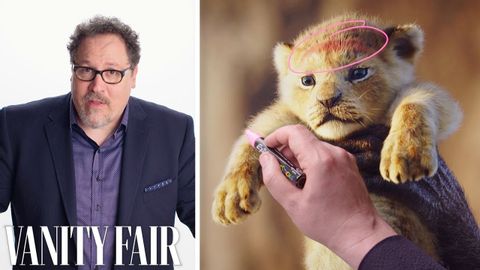
Subtitles & vocabulary
Jon Favreau Breaks Down The Lion King's Opening Scene | Vanity Fair
00
林宜悉 posted on 2020/03/17Save
Video vocabulary
specific
US /spɪˈsɪfɪk/
・
UK /spəˈsɪfɪk/
- Adjective
- Precise; particular; just about that thing
- Concerning one particular thing or kind of thing
A2
More opportunity
US /ˌɑpɚˈtunɪti, -ˈtju-/
・
UK /ˌɒpə'tju:nətɪ/
- Noun (Countable/Uncountable)
- Time, situation when a thing might be done; chance
- A favorable time or occasion for doing something.
A2TOEIC
More exaggerate
US /ɪgˈzædʒəreɪt/
・
UK /ɪgˈzædʒəreɪt/
- Verb (Transitive/Intransitive)
- To makes things seem more extreme than reality
- To speak or write about something in a way that overemphasizes or magnifies its qualities.
B1TOEIC
More tend
US /tɛnd/
・
UK /tend/
- Intransitive Verb
- To move or act in a certain manner
- Transitive Verb
- To take care of
A2
More Use Energy
Unlock All Vocabulary
Unlock pronunciation, explanations, and filters
